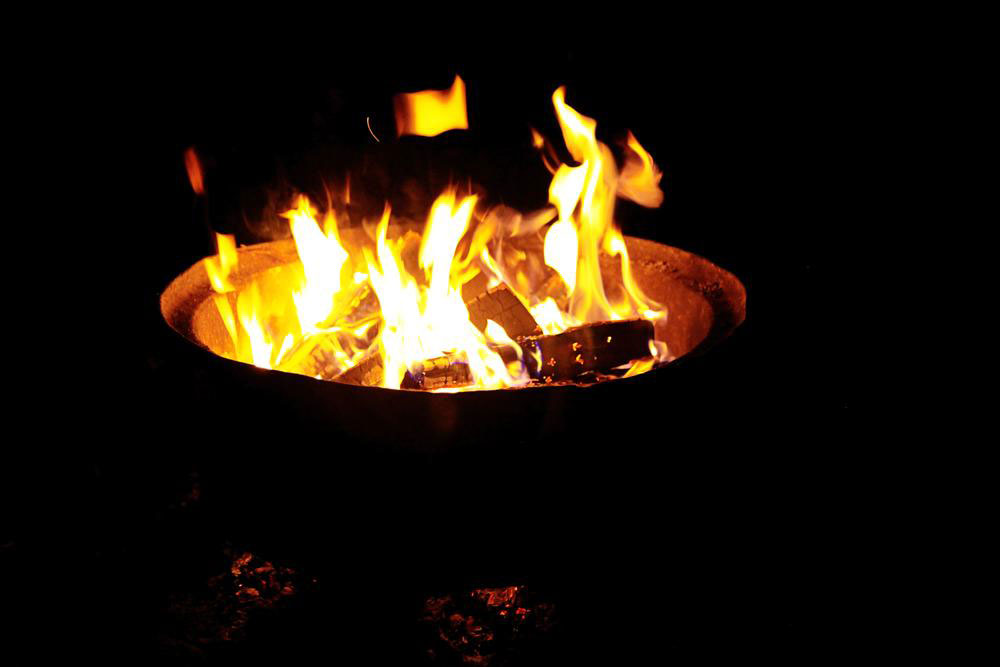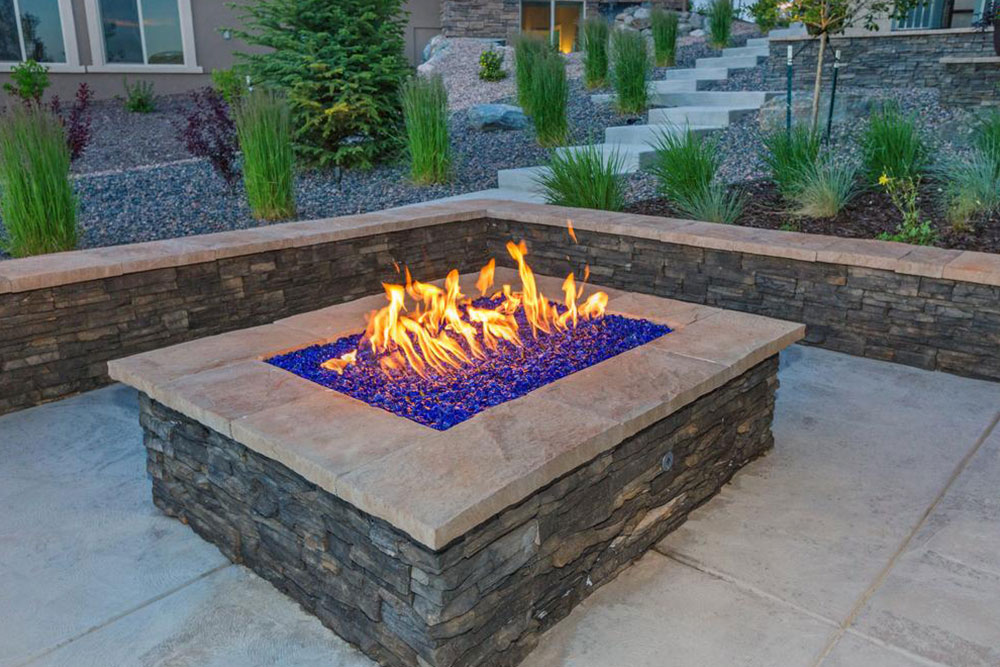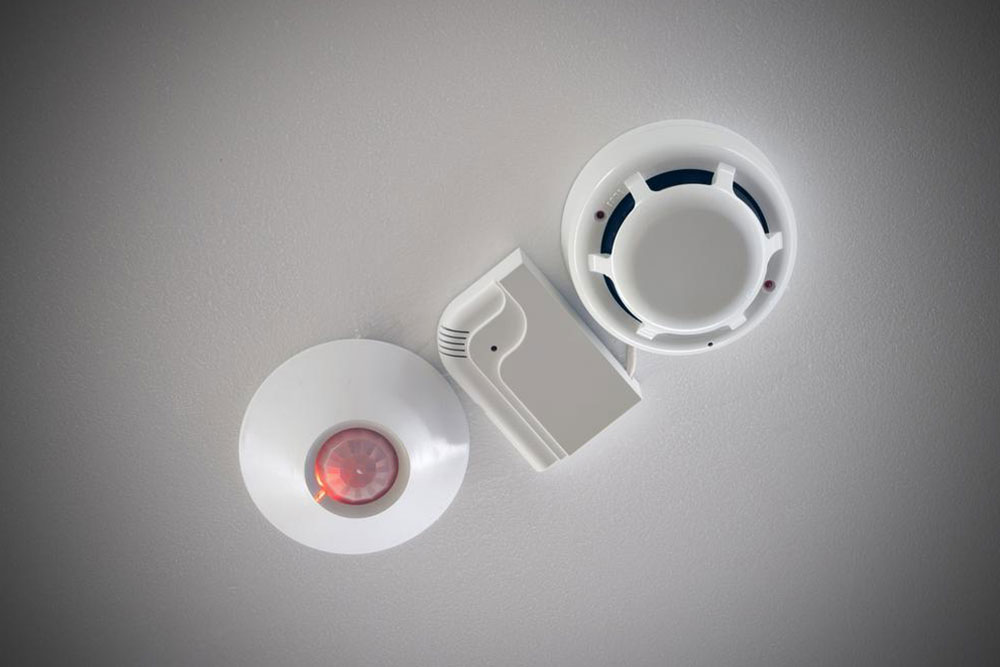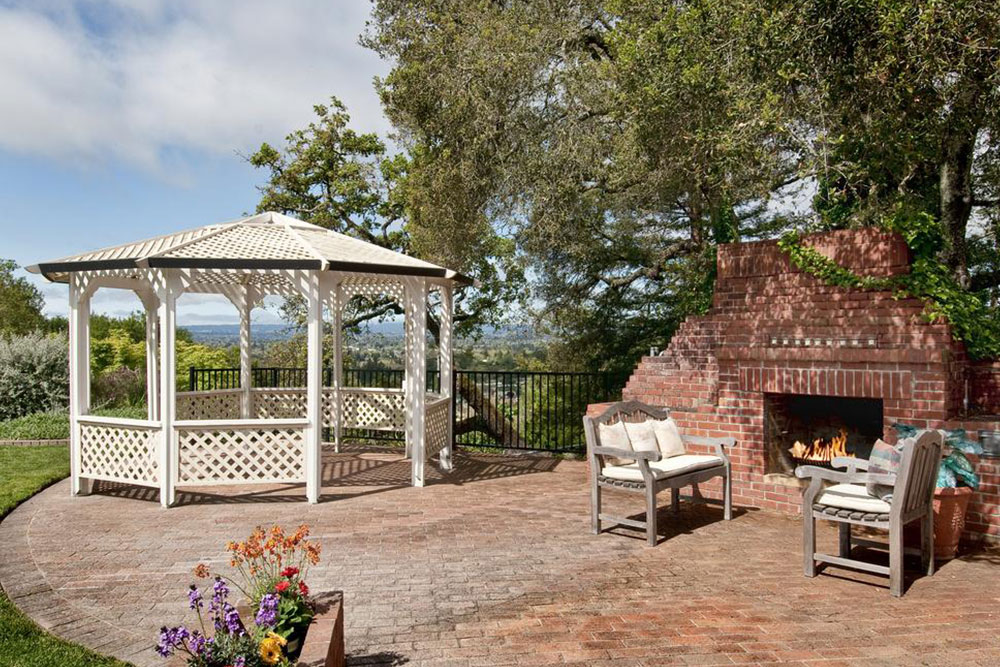Essential Tips for Designing Your DIY Gas Fire Pit
Build your dream gas fire pit safely with practical tips on location, fuel options, materials, and design considerations. Learn how to choose between propane and natural gas, and discover easy construction methods using kits and durable materials for a stunning backyard feature. Ensure safety and aesthetic appeal with the right finishing touches and heat-resistant materials for a warm, inviting outdoor space.
Sponsored

Adding a gas fire pit to your backyard creates a cozy atmosphere for chilly nights, perfect for gatherings with loved ones. For those in regions with extended winter seasons, investing in a fire pit can provide significant outdoor comfort and enjoyment.
Before building your own gas fire pit, consider key aspects to ensure safety and functionality. Location is crucial—place your fire pit away from flammable materials to prevent accidents. Remember, gas fire pits do not produce sparks or embers, but heat can damage nearby surfaces like vinyl siding.
Gas fire pits operate on propane or natural gas. Kits are available that allow conversion between the two. While propane offers portability with small tanks, natural gas is more economical if you connect the fire pit directly to your home’s gas line. Always adhere to local regulations concerning open flames on private property.
Constructing a gas fire pit is straightforward using drop-in kits, typically bowl-shaped, ready for installation. Build an enclosure using bricks, cinderblocks, or concrete pavers to contain the unit. Consider stylish frames made from powder-coated steel, which can be finished with tile, brick, or mortar and stone for aesthetic appeal. Decide on a burner type and use heat-resistant materials like fire glass or lava rocks for filling, with fire glass offering vibrant colors and greater heat output. Avoid river rocks or regular stones, as these can crack or explode under high heat due to trapped moisture.





